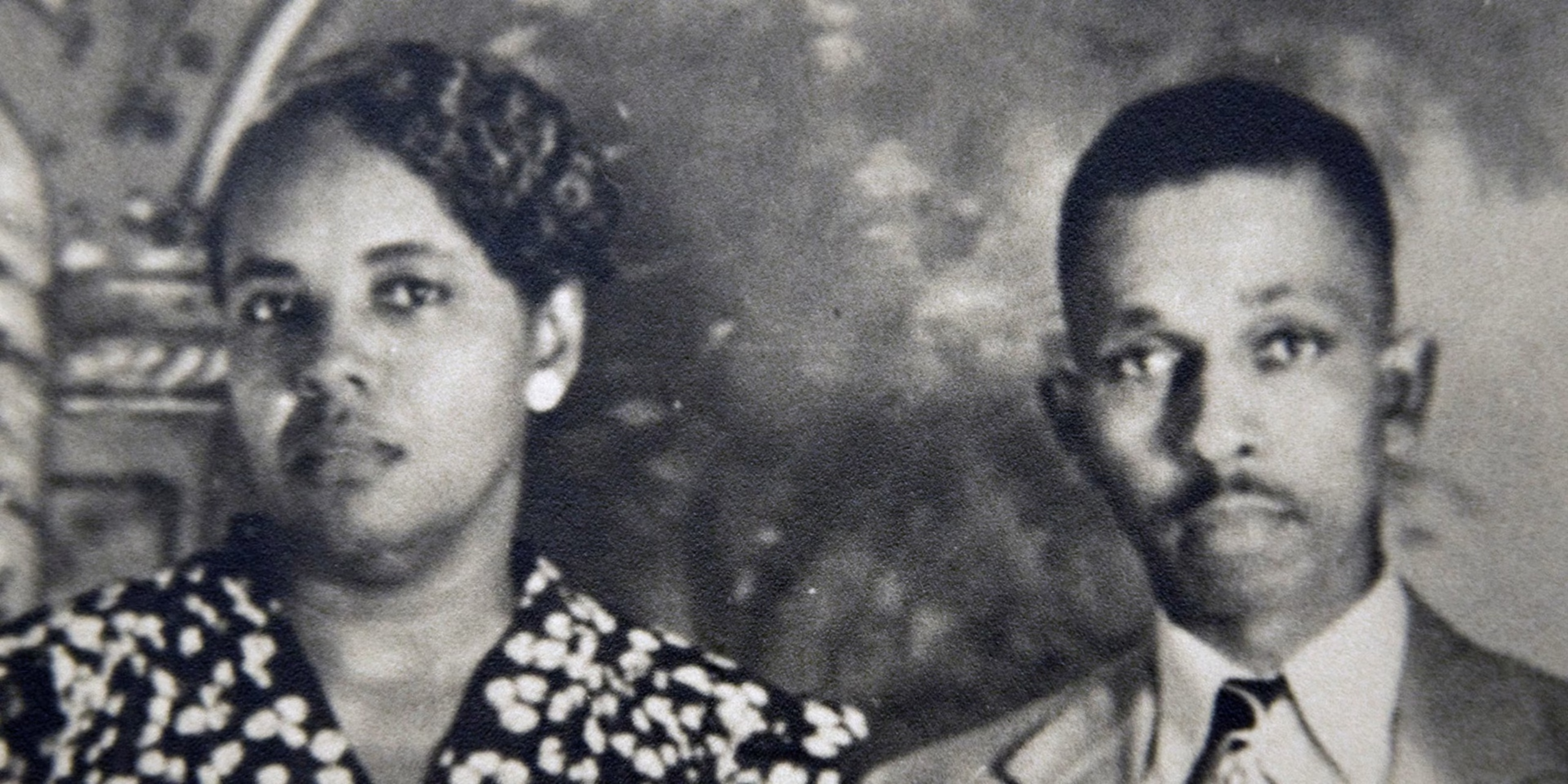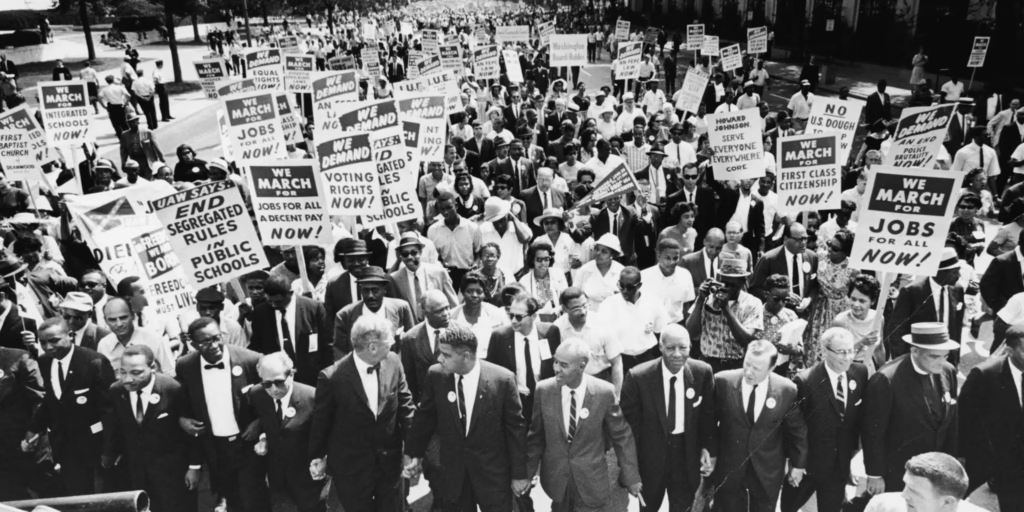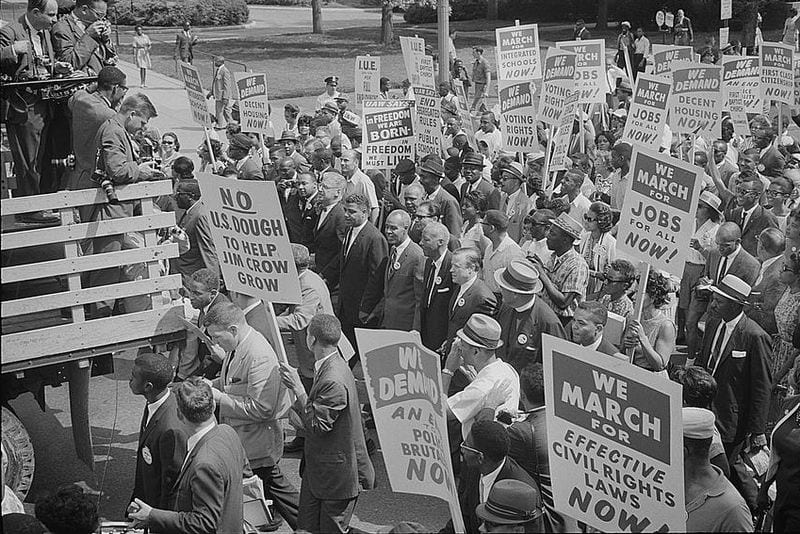“The Untold Story of the Civil Rights Movement’s First Fatalities”

The American Civil Rights Movement of the 1950s and 1960s stands as a pivotal chapter in the nation’s history—a struggle for justice, equality, and human dignity. While much is known about the courageous leaders, landmark events, and transformative victories of this era, less is commonly discussed about the very first lives lost in the fight for civil rights. Who were the first people killed during this turbulent period, and why does their story remain shrouded in mystery? This article delves into the earliest fatalities of the Civil Rights Movement, exploring the circumstances, significance, and lingering questions surrounding these tragic deaths.
The Civil Rights Movement: A Background
The Civil Rights Movement emerged as a response to systemic racial segregation, discrimination, and violence primarily targeting African Americans in the United States. Sparked by injustices such as the denial of voting rights, unequal education, and public accommodations, the movement sought to dismantle Jim Crow laws and secure equal rights under the law.
The movement gained national momentum in the 1950s following landmark events like the 1954 Brown v. Board of Education Supreme Court ruling, which declared segregation in public schools unconstitutional, and the 1955 Montgomery Bus Boycott ignited by Rosa Parks’ courageous refusal to give up her bus seat.

Early Violence Against Civil Rights Activists
From its inception, the Civil Rights Movement faced violent opposition. Protesters, organizers, and ordinary African Americans were often met with brutal reprisals by white supremacists, segregationists, and sometimes local law enforcement.
Many activists were arrested, beaten, and harassed. Tragically, some lost their lives—victims of racially motivated murders meant to intimidate and suppress the movement. While the most infamous deaths—such as Emmett Till in 1955 and the “Freedom Summer” murders of 1964—are well documented, the first killings in the movement’s early days remain less clear and partly unsolved.
The Mystery of the First Fatalities
Identifying the very first person or persons killed in the Civil Rights Movement is complex, partly because the struggle for racial equality had been ongoing long before the 1950s in various forms, and violence against Black Americans was frequent. Yet, scholars and historians often look to the mid-1950s, when the modern Civil Rights Movement is considered to have begun, as the starting point.
Who Was the First Person Killed?
- Harry T. Moore: Often regarded as one of the earliest martyrs of the modern Civil Rights Movement, Harry T. Moore was a prominent NAACP leader in Florida. In 1951, his home was bombed on Christmas night, killing him and injuring his wife. Though this tragedy predated many iconic moments of the movement, Moore’s activism and death helped set the stage for later efforts. His murder remains officially unsolved.
- Emmett Till (1955): While not an activist himself, the brutal lynching of 14-year-old Emmett Till in Mississippi marked a catalyst moment for the Civil Rights Movement. His murder galvanized national outrage and is often viewed as a symbolic starting point in the movement’s violent toll.
- Reverend George Lee (1955): A lesser-known but significant figure, George Lee was an African American civil rights activist and voting rights advocate in Mississippi. He was assassinated the same year as Till, reportedly because of his efforts to register Black voters. His death has been described as one of the first politically motivated murders in the movement.
Challenges in Solving These Murders
Several factors contribute to why many of the earliest murders related to the Civil Rights Movement remain unsolved or only partially solved:
- Local Law Enforcement Complicity: In many Southern states, local police and officials were often aligned with white supremacist groups and actively obstructed investigations or refused to pursue justice for Black victims.
- Intimidation and Fear: Witnesses and community members frequently feared retaliation and remained silent, limiting evidence collection and testimony.
- Lack of Federal Intervention: Before the Civil Rights Act of 1964 and Voting Rights Act of 1965, the federal government’s involvement in investigating civil rights abuses was limited, allowing local biases to influence the handling of these crimes.
- Loss of Evidence Over Time: Many decades have passed since these early killings, leading to loss of physical evidence, fading memories, and death of witnesses, all complicating cold case efforts.
The Broader Impact of These Early Deaths
Though many early victims’ names are not widely known, their deaths were pivotal in galvanizing the movement and highlighting the brutal reality of racism in America. The sacrifices of individuals like Harry T. Moore, Emmett Till, and George Lee drew national and international attention, inspiring activists to continue their fight with renewed urgency.
Their stories also exposed the deadly risks of activism and the resilience required to pursue justice amid violent resistance.

Efforts Toward Justice and Remembrance
In recent years, renewed efforts have sought to uncover the truth behind these unsolved murders. Civil rights organizations, historians, and government agencies have reopened investigations into cold cases from the era.
Memorials, museums, and educational initiatives also strive to honor these early martyrs and preserve their legacies. The Emmett Till Memorial Museum in Mississippi and the National Memorial for Peace and Justice in Montgomery, Alabama, stand as important reminders of the lives lost to racial terror.
Conclusion: Remembering the Forgotten First Victims
The question of who was the very first person killed in the Civil Rights Movement may never be definitively answered, given the complexity and historical context. Yet the stories of these early victims—whether activists, innocent bystanders, or symbolic figures—underscore the high cost of the struggle for equality.
Their lives and deaths form the foundation upon which later successes were built. Remembering and seeking justice for these “forgotten” heroes is essential not only for honoring the past but also for informing ongoing efforts toward racial justice today.




